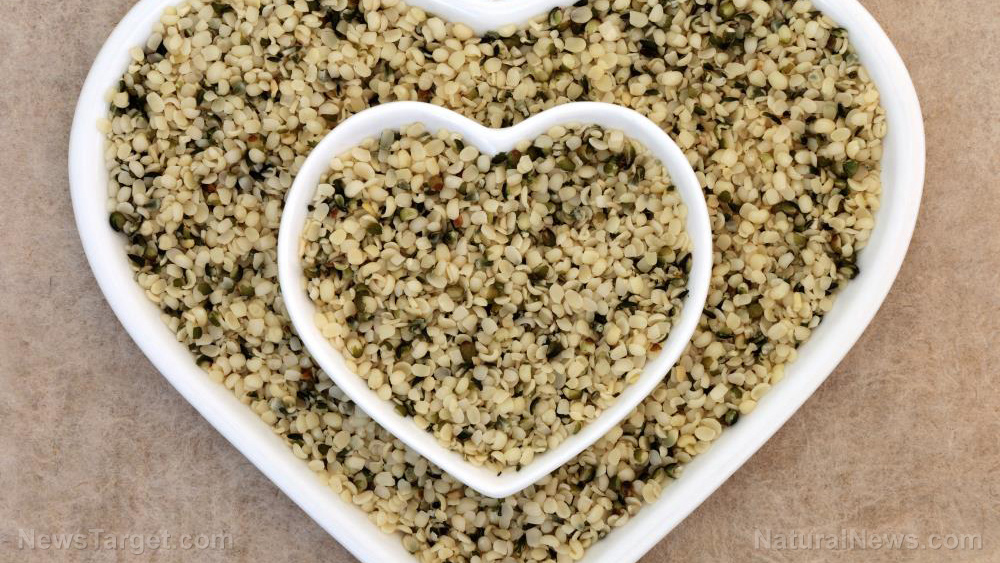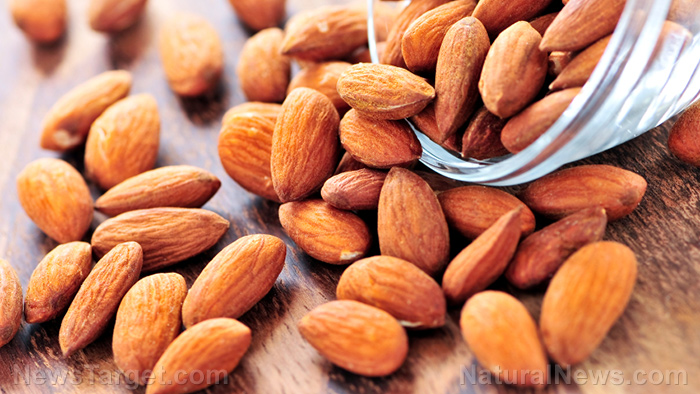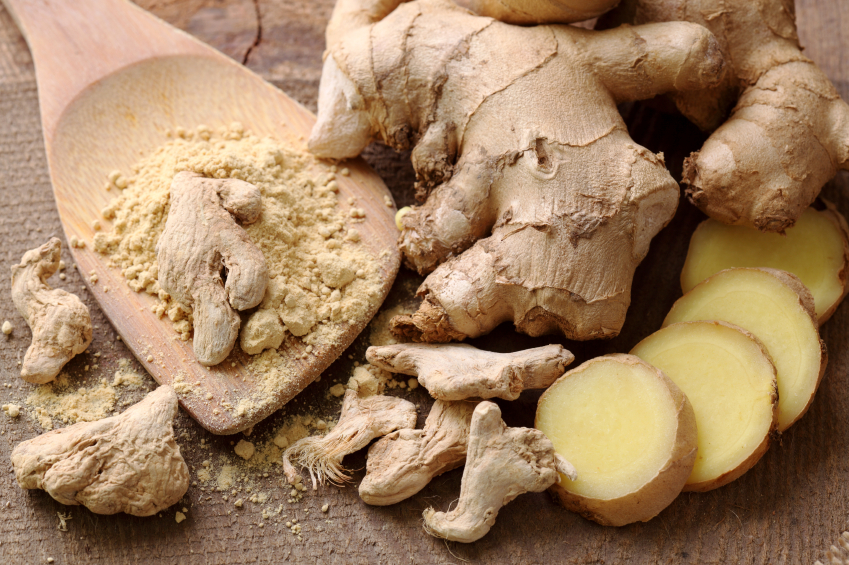Don’t throw it away! The skins of these fruits contain many health benefits
01/28/2019 / By Zoey Sky

When you’re eating fruit, it’s second nature to throw away the peel, especially if you’re snacking on bananas or oranges. But did you know that eating certain fruit peels offer many health benefits?
Fruits with nutritious peels
Like the fleshy insides of fruits, the peel or skin is also full of various nutrients. Below is a list of fruit peels that you can eat to boost your overall health.
Apples
Apple peels store about one-third of the fruit’s nutrient content. An unpeeled raw apple has at least 332 percent more vitamin K, 142 percent more vitamin A, 115 percent more vitamin C, 20 percent more calcium, and around 19 percent more potassium than a peeled apple.
Additionally, you lose half the apple’s fiber when you remove the peel. Eating a peeled apple only nets you 2.1 grams of fiber, instead of 4.4 grams. According to the Journal of Molecular Structure, apple skin also has antioxidants that can help fight free radicals that destroy cells in the body.
Bananas
Bananas are full of potassium. The yellow fruit also contains high levels of serotonin, a neurotransmitter linked to appetite and mood.
Bananas also contain both soluble and insoluble fiber. This means snacking on an unpeeled banana can help you feel fuller and relieve any minor gastrointestinal problems.
Banana peels are easier to eat if you wait for the fruit to ripen, which will bring out the peels’ underlying sugary taste. You can either eat ripe banana peel on its own to get all its antioxidants, fiber, or nutrients, or you can cook with it. Try pureeing a small portion of sliced peels and add it into desserts, like cake.
Guava
Guava is full of vitamins A and C. Guava peel also contains dietary fiber that is good for your digestive health. This nutritious fruit also has antioxidants and potassium.
The dietary fiber in unpeeled guava can help promote healthy bowel movements and prevent constipation. In fact, consuming one guava will provide 12 percent of your recommended daily intake (RDI) of fiber.
Snacking on guavas, which only have only 37 calories per fruit, can also help you lose weight. Eat this fruit if you want to feel full longer.
Kiwi
If the thought of eating an unpeeled kiwi seems unappealing, remove the hairs on the surface of the skin before you consume the fruit. Kiwi skin, which is good for digestion and heart health, is also full of antioxidants and vitamin C.
Kiwi skin is nutrient-dense. The results of a study revealed that eating kiwi skin can triple your fiber intake, compared to eating peeled kiwi. Add whole kiwis to a smoothie and make a nutritious and delicious fruity drink.
Oranges
Oranges have about 136 milligrams (mg) of vitamin C. This vitamin is necessary for the formation of collagen in your skin. A potent antioxidant, vitamin C also helps boost iron absorption in the body.
If you’re not sure how to eat orange peels, brew them with warm water. Let it steep for several minutes so the vitamin dissolves, then drink the orange peel tea. (Related: Nine Good Reasons to Eat Orange Peels.)
Alternatively, you can:
- Chop orange peel finely and stir it into chili
- Simmer peels in syrup and cover it in melted dark chocolate
- Zest orange peels into salad dressing
Citrus fruit peels, such as lemons and oranges, also contain vitamins A and B, along with minerals like calcium and selenium.
Orange peels also contain fiber and two flavonoids called nobiletin and tangeretin. These flavonoids may have anti-inflammatory and anti-cancer properties.
The next time you’re snacking on these fruits, save the peel and cook with it or eat it right away to enjoy its nutritional benefits.
Visit Fruits.news to browse more articles about the various benefits of eating fresh fruit.
Sources include:
Tagged Under:


















